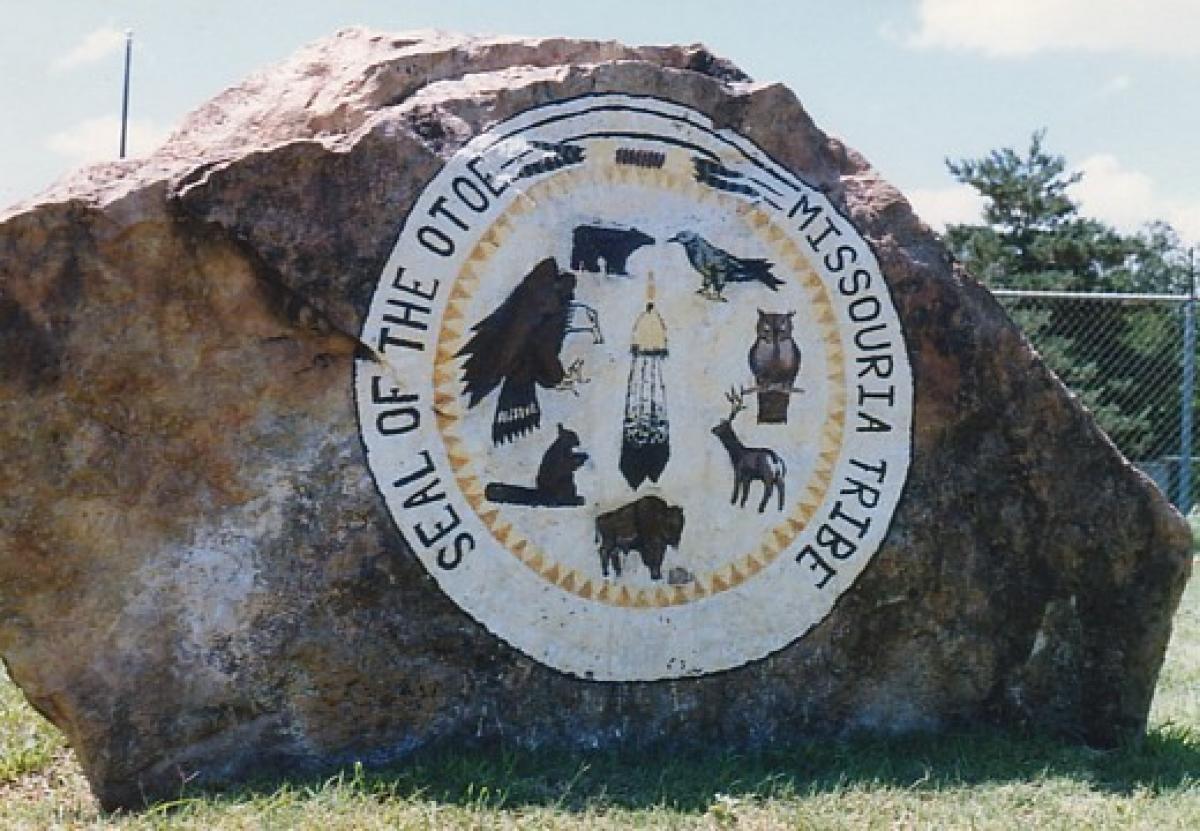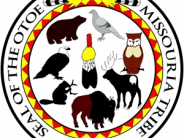- Our Community
- Community Overview City History Community Demographics Chamber of Commerce Events and Activities City Calendar City Parks On-Line Store Cemeteries Local Weather Photo Gallery
- Library School District Public Safety Emergency Management Police Fire ADA Compliance Americans with Disabilities Wall of Honor Wall of Honor
- Grove Regional Airport Grand Lake Association INTEGRIS Grove Hospital Har-Ber Village Lendonwood Garden Playmakers Theatre Cayuga Mission
- Doing Business
- Welcome Visitors
- Grand Lake Association Grove Area Chamber of Commerce Grove Regional Airport Playmakers Theatre
- Cayuga Mission Har-Ber Village Lendonwood Garden Grand River Dam Authority (GRDA)
- On-line Store Photo Gallery Events Where to Eat Where to Stay Where to Park in Downtown Grove Wolf Creek Park & Boating Facility
- Inside City Hall
- Contact City Hall Staff Directory Submit a Complaint or Comment City Code Comprehensive Plan Jobs - Equal Opportunity Employer Non-Discrimination Download Employment Application Submit Employment Application
- Agendas and Minutes City Council Boards and Committees Convention and Tourism Bureau Economic Development Authority Municipal Airport Authority Municipal Service Authority Planning and Zoning Board Zoning Board of Adjustments ADA Compliance Americans with Disabilities
- Departments Administration Airport Buildings and Grounds Community Development Economic Development Finance Fire Emergency Management Municipal Court Police Public Works Utility Services
- Helpful Resources
- Alerts and Notifications Email Subscriptions Events and Meetings Agendas and Minutes City Calendar In the News City News
- Contact the City Staff Directory Submit a Request or Concern Code Red Code Red Login Documents and Forms Documents and Reports Forms, Permits and Applications Maps
- Social Media City of Grove on Facebook Wolf Creek Park on Facebook Grove Animal Control on Facebook Frequently Asked Questions Frequently Used Numbers Helpful Links
Tribal, Otoe-Missouria

OTOE-MISSOURIA TRIBE - The Otoe, or Oto, and Missouria, or Missouri, tribes both originated in the Great Lakes region. They are thought, along with the Ho-Chunk and Iowa tribes, to have once been a single tribe. In the 16th century, the Iowa, Otoe, and Missouria broke away from that tribe and moved to the south and west. By the late 17th century, the Missouria had settled near the Missouri and Grand Rivers in Missouri.
Meanwhile the Otoes settled along what is now the Iowa-Minnesota border. They first came into contact with Europeans in late 17th century. After contact, they migrated to Nebraska and settled near the Platte River on what became the Otoe Reservation. The 18th century was devastating for the Missouria people. Smallpox killed many in the tribe, as did constant warfare with enemies, such as the Sac and Fox. In 1796, some surviving Missouria joined the Osage and Kaw tribes, while 80 Missouria joined the Otoe.
At most three tribal members still speak the Otoe or Chiwere language; however, the tribe has a program to revitalize the language. Language classes are held weekly in Edmond, Oklahoma. For well over a century, since 1881, an annual Otoe-Missouria Encampment is held every third weekend in July near Red Rock, Oklahoma.
The first land cession treaty between the Otoe-Missouria and the United States was in 1830. These were followed by more treaties in 1833, 1836, and 1854. The 1854 Treaty established a reservation on the Kansas-Nebraska border, near the Big Blue River. The tribe split in factions of assimilationists and traditionalists. The assimilationist Otoe-Missouria were influenced by Quaker missionaries and became known as the Quaker Band. T he traditionalists were known as the Coyote Band.
In 1876 Congress arranged the sale of 120,000 acres (490 km2) of the Otoe-Missouria reservation and sold the rest in 1881, when Congress forced the Otoe-Missouria into Indian Territory (Oklahoma). The Coyote Band settled on the Sac and Fox reservation, while the Quaker Band settled on their own small, 113-acre (0.46 km2) reservation in present day Noble and Pawnee Counties.
The Coyote Band rejoined the Quaker Band, but their reservation was almost immediately broken up into individual allotments, as dictated by the Dawes Act, in the 1890s. A total of 514 Otoe-Missourias received individual allotments. Much later, in the 1960s the Otoe-Missouria people were compensated for their lands lost during the 19th century by the Indian Claims Commission.
Click any thumbnail image to view a slideshow

